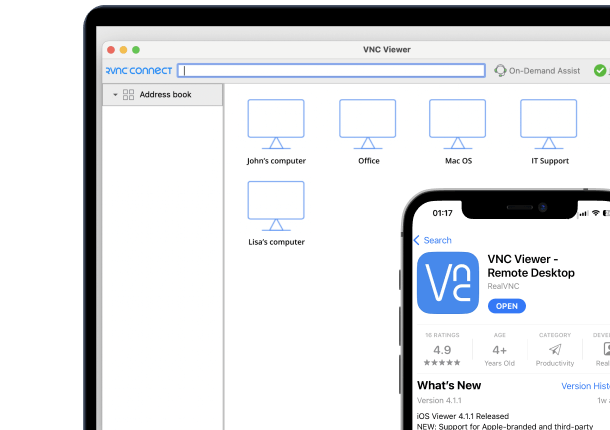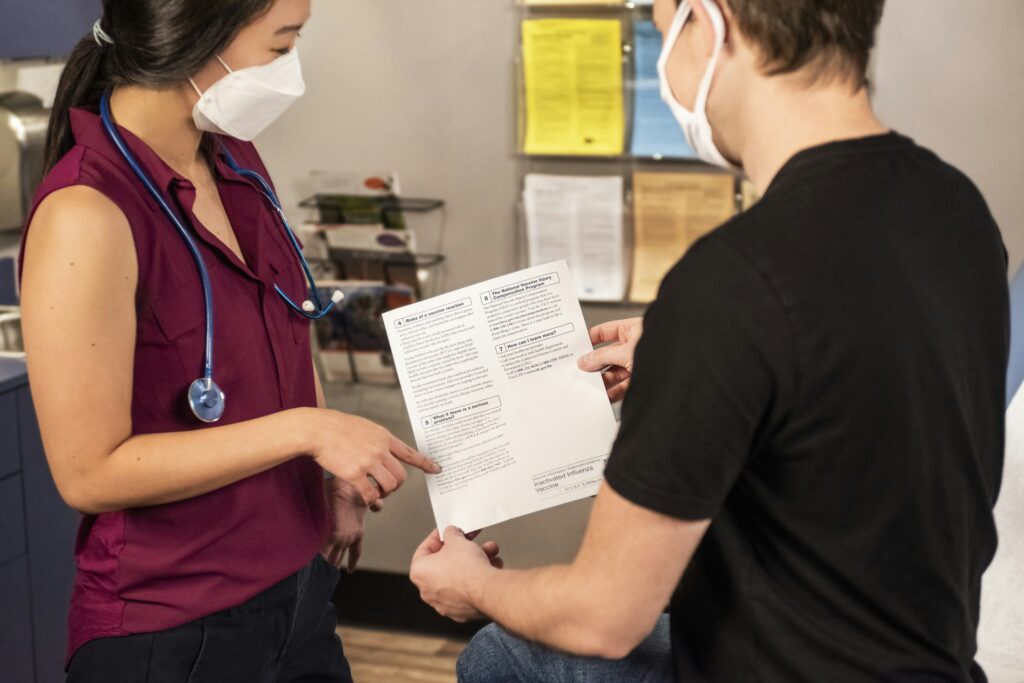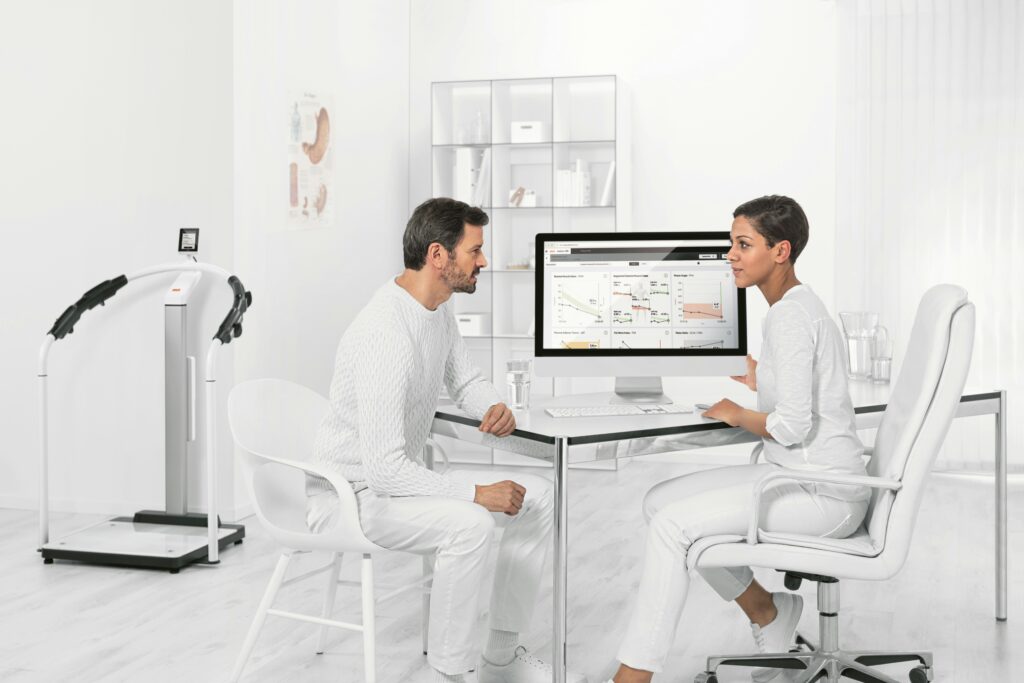Why a “State of Remote Access Security” 2023 Report
We at RealVNC don’t take our role in the remote access market lightly. As we mentioned many times, security is at the heart of everything we do. We also ensure maximum transparency when it comes to the security of our solution. We do this through independent white box security audits, like the one done recently by respected Berlin firm Cure53. We also keep a constant eye on the current needs of remote access customers and what affects their security stance.
We concluded that there is no one better to tell us what affects organizations than the organizations themselves. That’s why we asked those important questions to RealVNC customers and non-customers.
The resulting report is probably the most comprehensive overview of remote access security ever done. The information in the report should provide you with some insights that can help you get ahead of the competition. Read on to find out what some of those insights are.
Who were the respondents?
We surveyed over 450 IT professionals, so we could get a good idea of the current state of remote access. We wanted to grasp the impact remote access has over the security stance of the respondents’ organizations.
We had respondents from no less than 62 countries. The greatest number of respondents were from the United States (46%), followed by Canada (8%), and Australia (3%).
Remote Access is used by every type of organization, regardless of industry, as demonstrated by the over 50 industry verticals represented in the report.
Five important takeaways from the report
1. Technologies Used to Provide Remote Access
Our findings revealed a wide range of technologies being used to provide remote access. Remote access, Virtual Private Networks (VPNs), desktop sharing tools, and cloud-based solutions were among the most used technologies. The choice varied depending on the specific needs and resources of each organization.
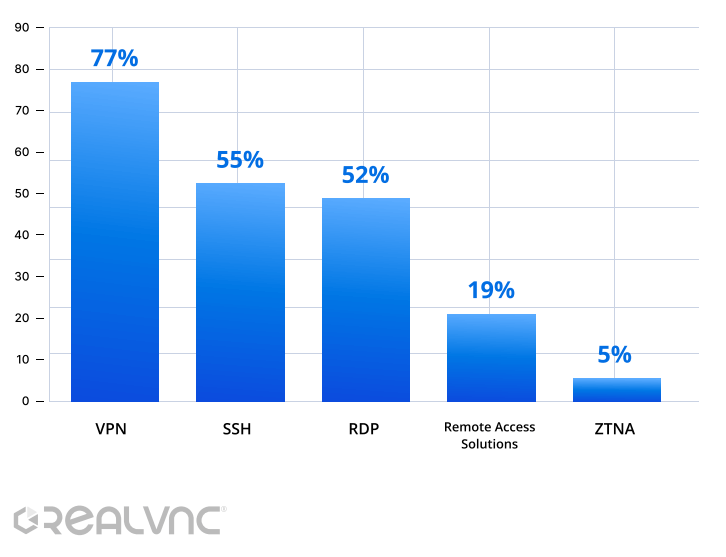
2. Who’s Using Remote Access?
Remote access is not limited to any specific industry or size of business. From small start-ups to multinational corporations, organizations across the board are utilizing remote access technologies to enhance their operations and enable flexible working arrangements.
3. Who is Experiencing Cyberattacks?
Unfortunately, the prevalence of cyberattacks is widespread, affecting businesses of all sizes and across all industries. No organization is immune, emphasizing the critical need for robust security measures.
According to our survey data, the Small Business sector has experienced the smallest number of cyberattacks (as a percentage) in the last 12 months in any of the segments.
Enterprise organizations, on the other hand, are experiencing the most cyberattacks across the board, with 15% of them experiencing ten or more attacks in 12 months.
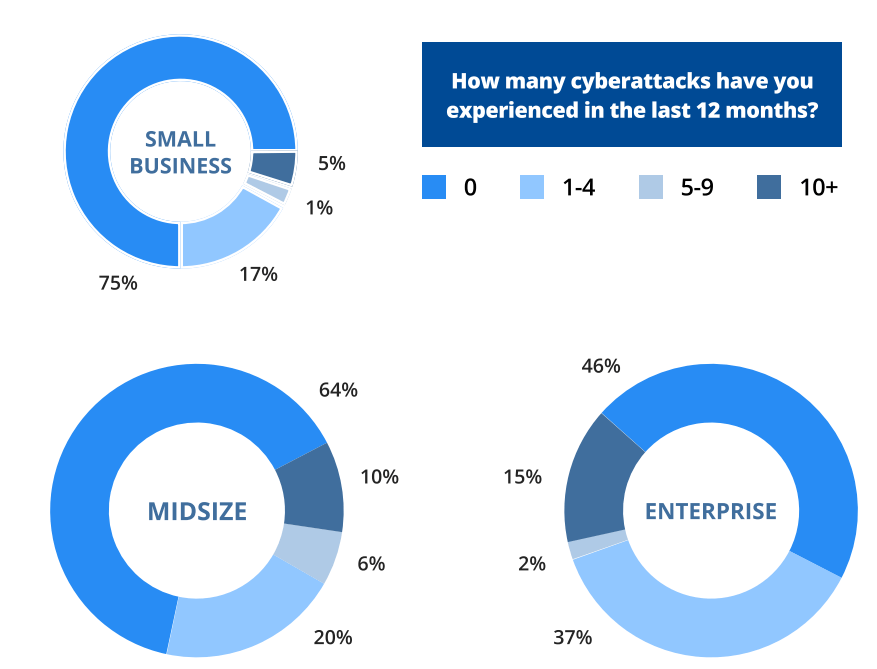
4. The Role of Remote Access in Attacks
Our report highlighted that remote access technologies can serve as a gateway for cyberattacks if not properly secured. Of the 30% of organizations where their own Remote Access solution(s) were involved in cyberattacks, it was used in the following ways:
- 30% in Initial Access
- 10% – Lateral Movement
- 8% – Data Exfiltration
Where remote access played a role, it must be said that 45% were using RDP as their remote access. Furthermore, 25% had no security controls layered over their remote access solution and 40% had no MFA implemented. Not to mention that 63% had no policy-based access control in place.
5. Minimizing the Risk of Cyberattacks
So, what can be done to minimize the risk? Implementing multi-factor authentication, being wary of RDP, and making security an absolute priority are just a few steps organizations can take. Also imperative from a cybersecurity standpoint is using a single, centralized solution.
Of course, educating employees about the risks and how to identify potential threats is also crucial.
The first step is to download the full State of Remote Access Security Report, here. It will give you all the insights you need to stay ahead of cyber threats, as well as your competition.
Staying Informed and Secure
The digital landscape is constantly evolving, and with it, so are the threats. Organizations must stay informed about the potential dangers and ensure they use a remote access solution that prioritizes security.
Don’t let your organization fall prey to cyber threats! Remember that security should be the first thing to think of in your remote access strategy, not an afterthought.
To get all the insights you need, make sure you download the report now!

